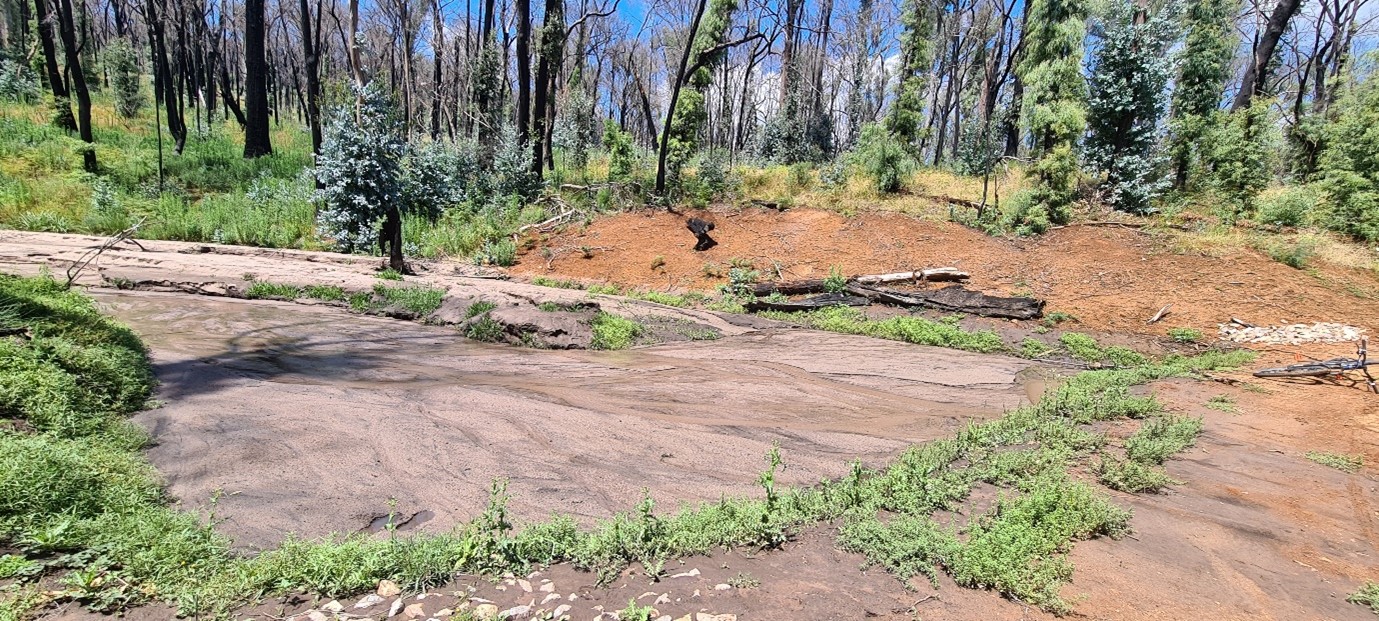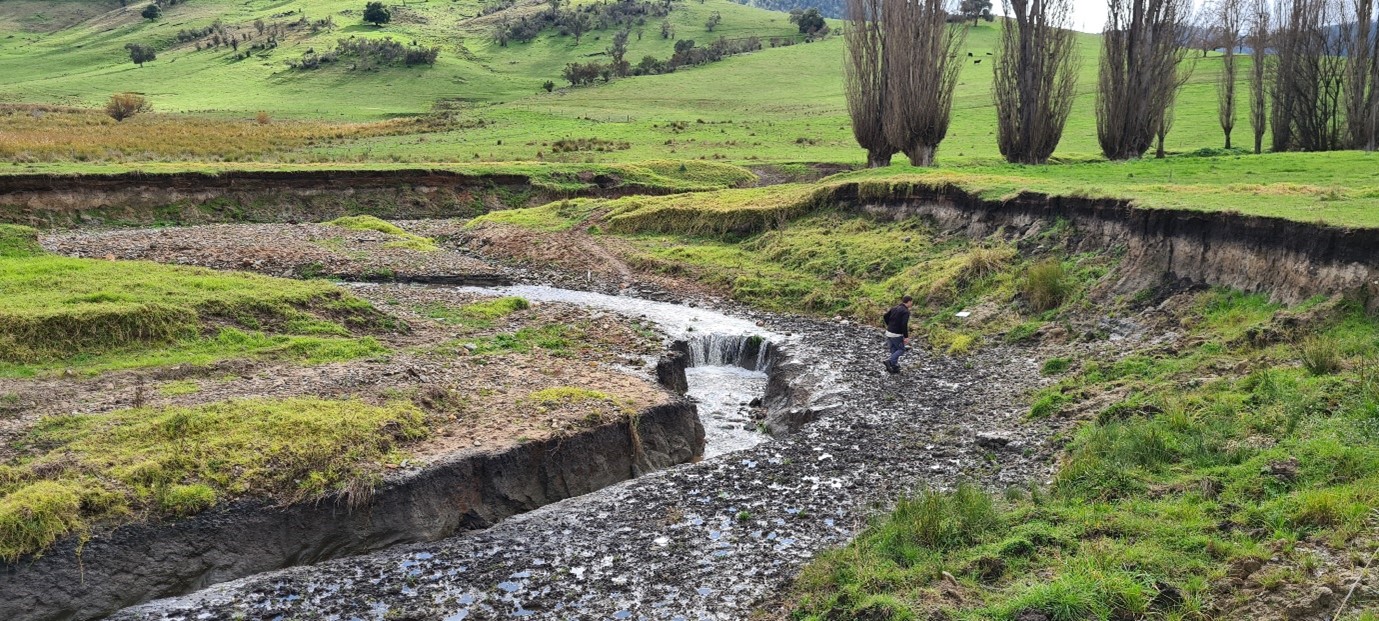Upper Murray Creeks and Woodlands
Project Overview

- Funding: NSW Environmental Trust Restoration and Rehabilitation
- Duration: 2020-2023
- Location: Upper Murray Riparian Zone
In 2019, we were successful in our application for the NSW Environmental Trust Restoration and Rehabilitation Grant for some work in Upper Murray riparian environments. This had been initiated by landholders expressing interest in fencing off their creek.
In that Summer of 2019/20, when the project was due to start, the area was impacted by the Black Summer Bushfires, which burned approximately 428,000 ha across the Upper Murray catchment region (~47%).
Subsequent high rainfall events in 2020 and 2021 caused major erosion events in flood affected catchments and resulted in a rising concern from farmers and landholders about the state of their creek environments. We quickly recognized that the ability to deliver a simple project about the value of fencing and protection of Upper Murray Creeks and Woodlands was going to be a challenge!


The majority of the original sites identified had significantly changed circumstances, and even if the sites weren’t impacted, there was such a shift in state for many of the local waterways, landholders were reluctant to rush into any sort of fencing plan in the short term, and many sites were requiring assistance with accelerated erosion.
In the end we funded four demonstration sites and used other sites for case studies. Funding for other sites that contributed to the resources was accessed through other programs as well.
KEY MESSAGES
Fencing is always the first option for recovery
Controlling stock access (exclusion or reducing stock pressure) and allowing instream vegetation to grow back and slow water down can help relieve and reverse the trend of stream erosion.
After major events like bushfire and flooding, you can’t fix everything and it won’t be the same creek it was.
Waterways are dynamic systems that receive and concentrate water flows from the landscape. Increased run-off after fire means that the flows are always increased, and the stream channel will change to accommodate that volume of water. As groundcover in the catchment returns to normal, the erosion issues usually reduce, and we can adapt our management to the new state.
Resources and Information links
Managing stock access on waterways
Maintaining and Restoring a Chain of Ponds system
Restoring a Floodplain wetland
Instream works – what do I need to know?
Revegetation of riparian areas – the challenges
Fencing in floodprone areas – Case Study – coming soon
Copy – A Guide to Riparian Best Practice in the NSW Upper Murray Catchment 2003
Copy – are there plants in your wetland? 1997
Copy – are there seeds in your wetlands? 1997
https://www.lls.nsw.gov.au/floods/flood-recovery-resources/managing-erosion-before-and-after-floods
https://www.lls.nsw.gov.au/floods/flood-recovery-resources/undertaking-erosion-work-following-floods
Biswas, Tapas K. et al (2021), ‘2019–2020 Bushfire impacts on sediment and contaminant transport following rainfall in the Upper Murray River catchment‘ – https://doi.org/10.1002/ieam.4492
